
In the quiet corners of our bustling cities and picturesque suburbs, behind the veneer of normalcy, unseen stories unfold. Stories of individuals who, stricken by a seemingly unexplainable need to accumulate, find their once-comfortable spaces crammed with items most would discard. The act of hoarding goes beyond clutter and disorganization; it's a mental health concern that affects millions and often goes undiagnosed.
In this blog post, we'll unravel the enigma of hoarding, distinguish it from standard collecting behavior, and answer the common question: "Is hoarding a mental illness?" - Understanding the intricacies of this condition is the first step in providing empathy and actionable help to those who struggle and those who care for them.
The subtleties of hoarding often lead to misconceptions, with collecting and hoarding being interchanged as though they are interchangeable concepts.
Collecting is a practice that brings joy and satisfaction to many, focusing on a particular item or set of items that are carefully curated and sometimes displayed. Collectors are often proud of their collections, which may range from rare stamps to vintage guitars, and their behavior doesn't generally interfere with their daily lives.

On the other hand, hoarding is imbued with distress and compulsion, leading individuals to stockpile items that one might consider worthless, create impassable living conditions, and often isolate themselves from others due to the social stigma associated with their hoardings. It's marked by an inability to discard, significant emotional distress or a sense of unease in parting with items.
Experiences that evoke fear and loss often deeply root themselves into a person’s psyche, associating with the origins of hoarding. Confusion and frustration about what to keep can evolve into a nearly irresistible compulsion.
Hoarding often involves an emotional attachment to each item, composing a narrative of safety, comfort, or identity. These possessions become 'stand-ins' for important memories and relationships, unlike ordinary objects to a hoarder's eye.
For hoarders, cognitive distortions can heighten attachment to possessions. They may feel a strong need to not waste, believe they'll need items for an unspecified future event, or insist that they're the only capable caretakers of these items.
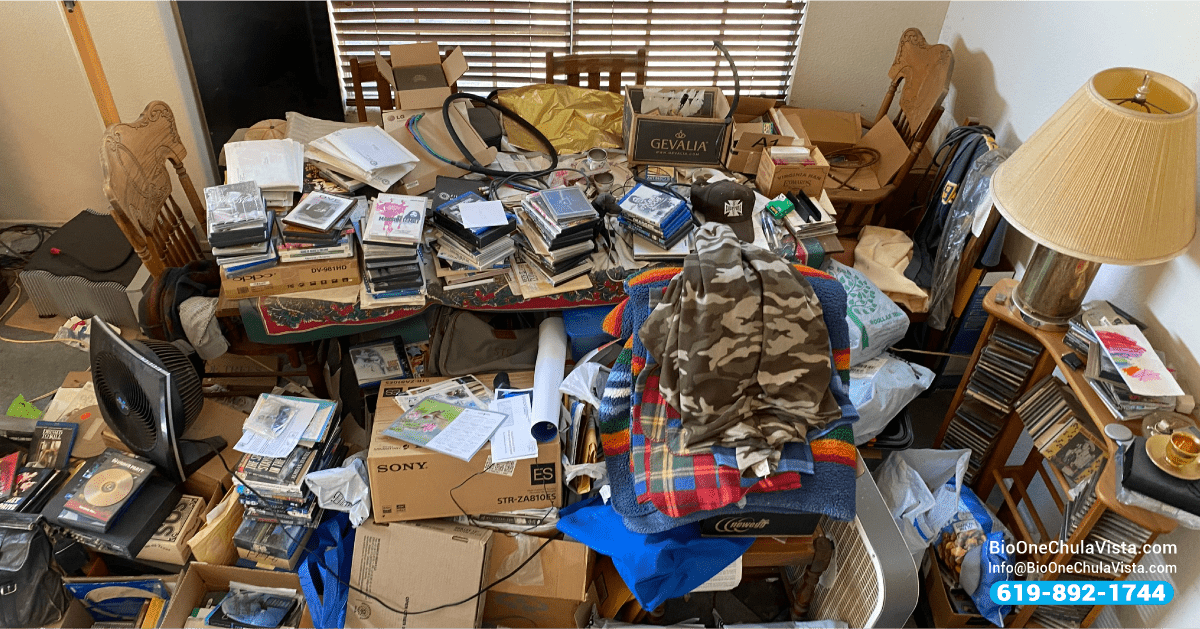
Every item forms a potential 'what if', effectively crippling ordinary decision-making processes. The inability to discard even the most mundane items can lead to an accumulation that feels out of control for the hoarder.
Understanding these psychological underpinnings is crucial to addressing hoarding not as a behavioral issue, but as a mental health matter deserving of professional assistance and societal support.
Traditionally categorized under Obsessive-Compulsive Disorder (OCD), hoarding has recently gained recognition as a distinct mental health condition known as Hoarding Disorder. It was classified as a separate diagnosis in the Diagnostic and Statistical Manual of Mental Disorders (DSM-5) in 2013.
People with Hoarding Disorder often exhibit symptoms of indecisiveness, perfectionism, and avoidance, which are common in OCD. The primary difference lies in the focus of attention; OCD involves intrusive, unwanted thoughts (obsessions), typically to which the individual responds with a behavior (compulsion). Hoarding is chiefly characterized by the behavior of accumulating and the distress it causes.
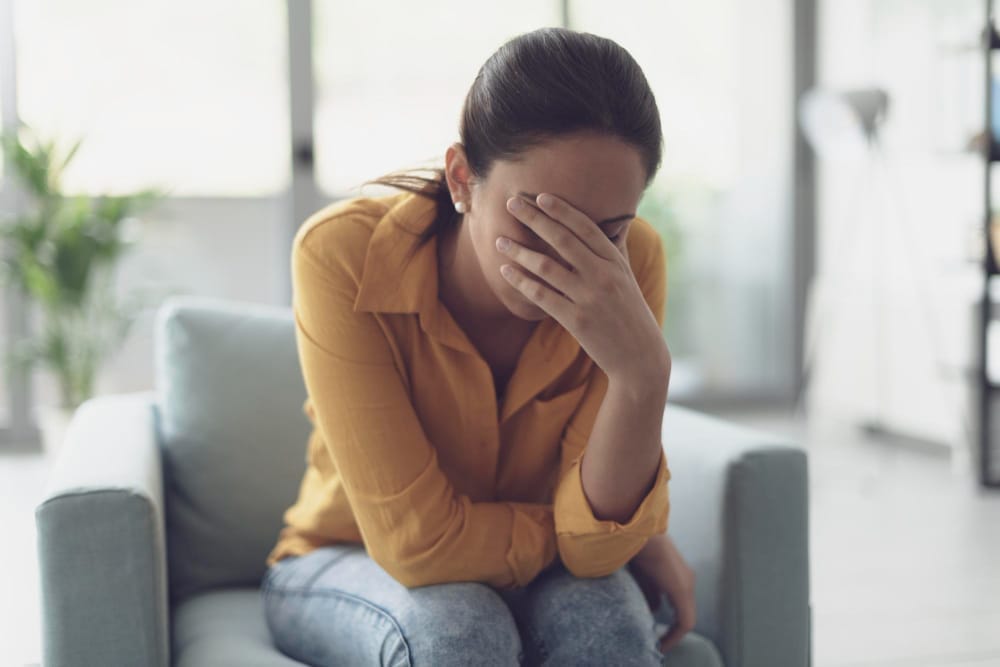
The stigma surrounding hoarding often results in isolation for individuals who need support the most. Media representations, while increasingly sensitive, have historically sensationalized hoarding, perpetuating myths and misunderstandings.
Understanding hoarding as a mental illness means a shift in perception and action. It's about more than cleanliness; it's about the individuals struggling beneath the weight of their possessions.

While the complexity of hoarding presents significant challenges, it's a call to action for inclusivity and empathy.
If you or someone you care for is struggling with the aftermath of hoarding, compassionate and thorough cleanup and restoration services can provide the first step towards physical and psychological recovery. Bio-One of Chula Vista specializes in hoarding cleanup, prioritizing the well-being of individuals while restoring houses and homes.
Our services extend beyond the removal of items, addressing the unique challenges of hoarded environments with empathy and professionalism. We work with a network of referrals to ensure the long-term success of our efforts.
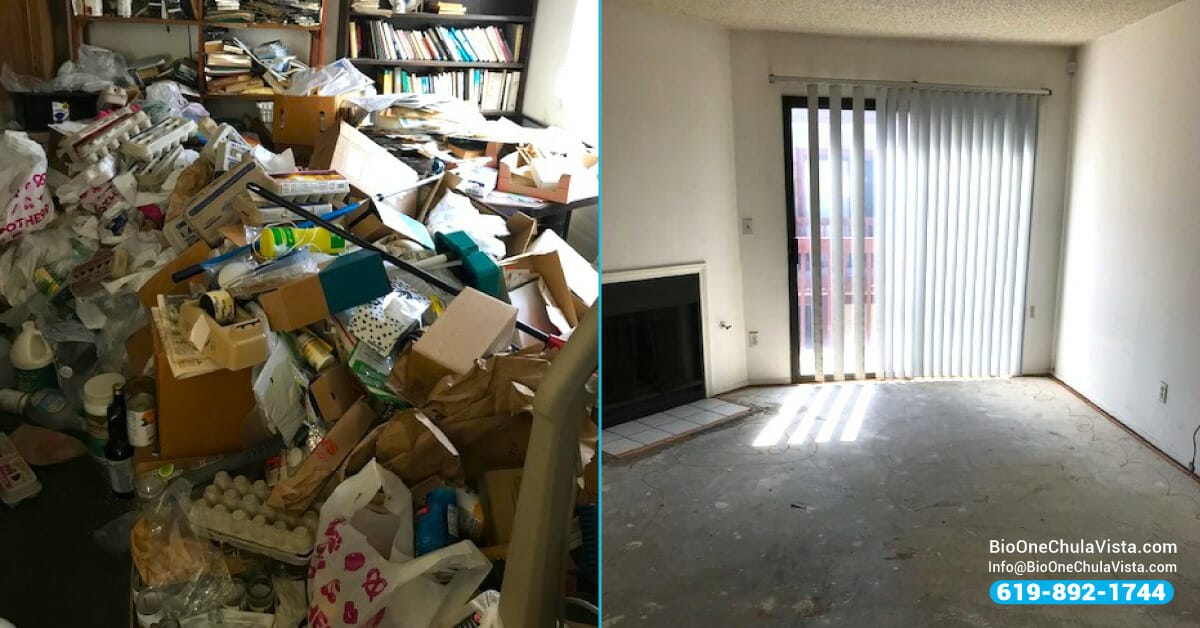

Left unchecked, mold and dampness can become silent invaders, compromising your home's integrity and your family's health. Our latest post serves as a guide and a must-read for homeowners and property managers eager to learn how to detect and prevent mold and dampness, leading to a healthier living environment.
Disclaimer: Please note that exposure to certain types of mold can lead to serious health issues. Given the potential risks associated with mold exposure, we strongly recommend enlisting the services of professional mold remediation experts to handle the detection, assessment, and removal of mold in your home.
Mold is a type of fungus that thrives in moisture-rich environments. Common sources of dampness in homes include:
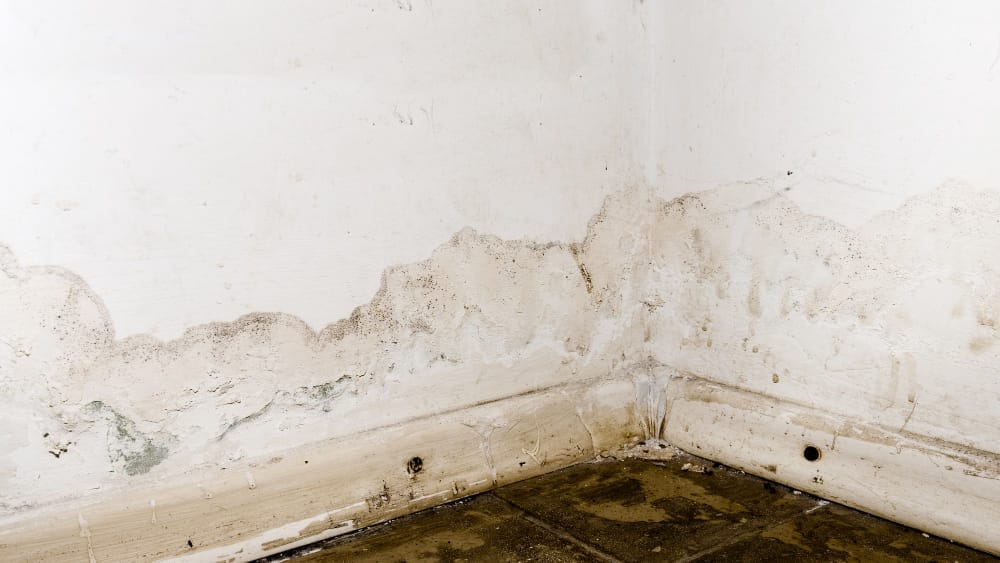
Mold is not always visible to the naked eye, which is why it's important to know the signs of its presence. Some common indicators of mold and dampness in your home include:
Learn more: 4 Clear Signs of Mold and Water Damage - Bio-One of Oceanside
Good ventilation and proper insulation are pivotal in keeping your home's moisture levels in check. Regularly inspecting and maintaining your ventilation systems, as well as ensuring that your insulation is adequate, go a long way in preventing mold.
Simple maintenance habits, like sealing cracks in the home's exterior, cleaning gutters, and reducing indoor humidity, are effective techniques in preventing mold and dampness. These are not just chores but essential practices to safeguard your home.
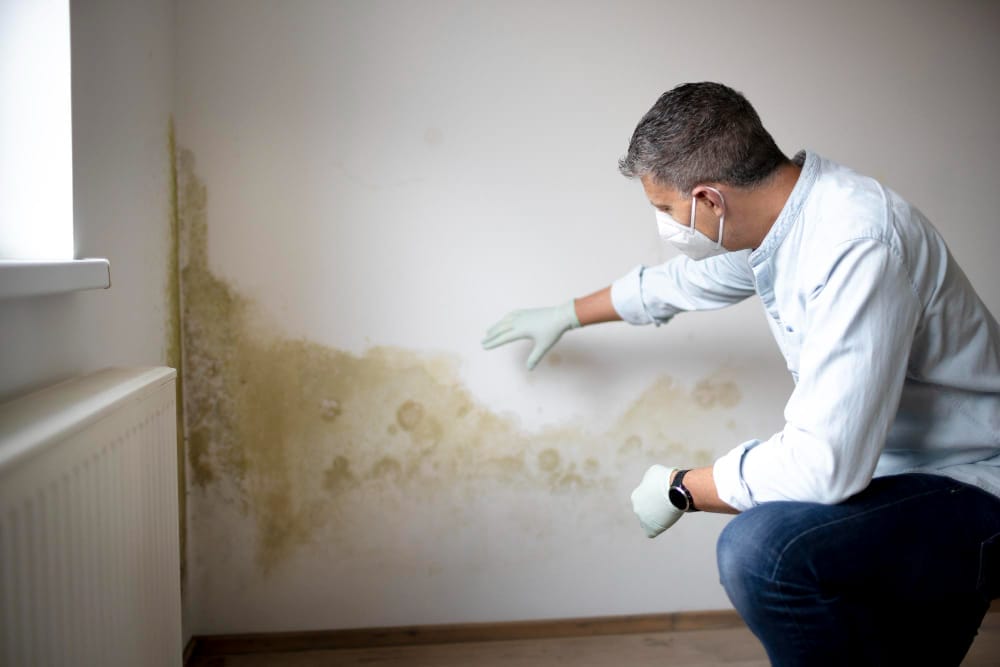
Our friends at Bio-One of Orange covered it all: Tips for Keeping Homes Free of Mold & How Bio-One Can Help
For small, contained mold problems, DIY methods can be effective. However, when mold has spread extensively, or the infestation returns, professional mold remediation services may be necessary, ensuring thorough removal and preventing recurrence.
By staying informed on the causes, prevention, detection, and treatment of mold, you take proactive steps in protecting your home. For more information on how to protect your home from mold and dampness, contact our team! Don't wait until mold becomes a problem!
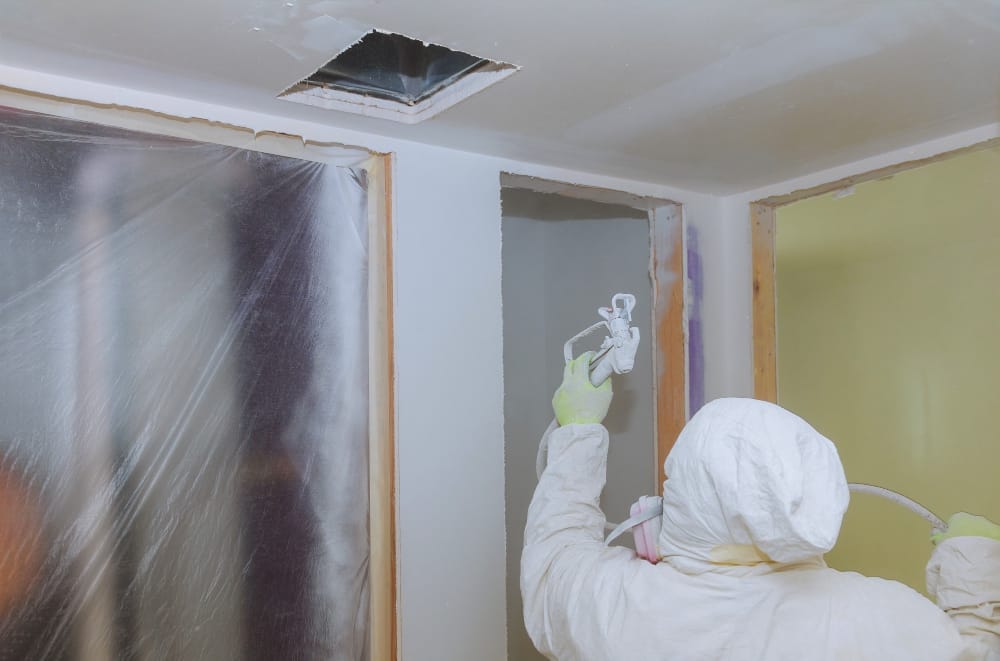

In the world of animal welfare, perhaps no issue is as complex, heart-wrenching, and potentially dangerous as animal hoarding. At its core, animal hoarding— cataloging a higher number of pets than one can adequately care for — doesn't stem from malice but rather a mental health disorder. Yet, the consequences for the animals and the hoarders can be catastrophic.
For those unfamiliar with the challenges of this disorder, you might wonder:
Sit back as we plunge into the depths of seeking help for animal hoarding, and the often-overlooked legal and mental health intricacies of this condition. Whether you're a concerned citizen, a rescue worker, or a potential client looking to initiate the cleanup process, our guide will illuminate the path to resolution and recovery.
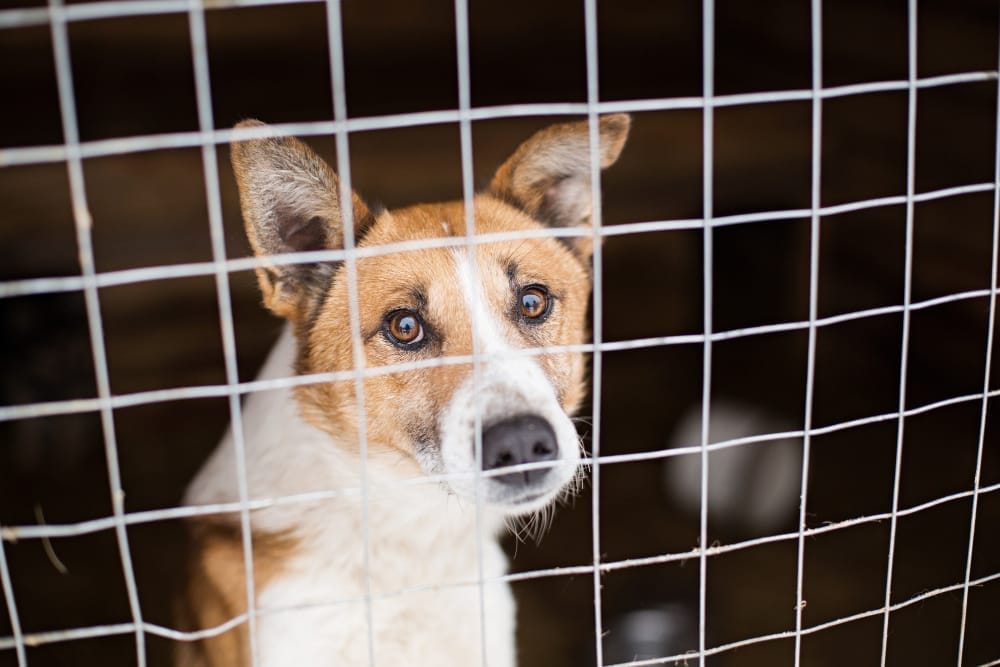
Hoarders are not malicious in motive, but they often lack the insight to realize their behavior is harmful. Unlike standard pet owners or breeders, hoarders do not provide sufficient care for their animals. This neglect often results in animal health hazards, from malnourishment and disease to behavioral complications. It also creates unsanitary living conditions, which affect the hoarder's immediate environment and the broader community.
The act of hoarding is compulsive and repetitive, with animal hoarders often being older adults, disabled, or limited in resources. Many hoarders believe they are providing a service or sanctuary for the animals, and their collection often starts with positive intentions. However, as numbers grow, they outpace one's ability to care for them effectively.
The emotional and physical toll on the hoarder can be significant, but it pales in comparison to the suffering of the animals. They endure cramped living conditions, and high levels of stress from overcrowding, and usually receive substandard to no veterinary care. The impact on family and community members is also profound, with mental health issues and damage to property and relationships being common outcomes.

Rescue and welfare organizations are often the first point of contact for concerned citizens or hoarders seeking help. These bodies are equipped to intervene, providing assessment, care for animals, and support for hoarders in need. If you're interested in getting started help with animal hoarding, we recommend:
Community involvement is crucial in addressing animal hoarding. Many times, individuals who are hoarding animals do not recognize or acknowledge the severity of their actions. It is up to concerned citizens, neighbors, and community members to speak up and report any concerns.

Animal hoarding often comes with a host of legal issues, from charges related to animal cruelty and neglect to violations of municipal health codes. Depending on the severity of the situation, hoarders may face fines, and even lose custody of their animals.
Here's what you need to know: Criminal Law - What Is Animal Hoarding? Is It a Crime?
The debate around whether hoarding should be considered a criminal act is ongoing. While in some jurisdictions, severe cases are prosecuted as felonies, there's also a growing understanding of it as a public health issue, prompting more focus on rehabilitative measures.
The road to recovery from animal hoarding is long and arduous, but it is not a path anyone has to walk alone. Encouraging hoarders to seek help is the first step towards protecting both humans and their animal companions from further harm.
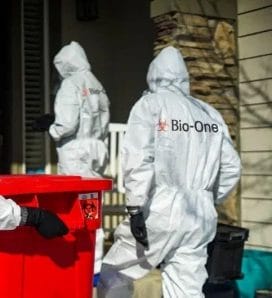
We covered it all in our post: Hoarding Help and Cleanup: Assisting A Loved One with Care - Be sure to take a look!
With compassion and expertise, Bio-One of Chula Vista can facilitate the difficult cleanup process, sparing hoarders from the overwhelming job of restoring their homes and providing a fresh start that respects the dignity of both people and animals it serves. If you or someone you know is facing the aftermath of animal hoarding, reach out to Bio-One of Chula Vista, where help comes not just with expertise, but with an unyielding commitment to empathy and respect!

Drug residue refers to the microscopic remnants of illegal substances like methamphetamine, cocaine, fentanyl, and opioids that linger long after the substance itself is gone. This residue can make its way into homes via former drug use, manufacturing activities, or even from a prior owner or tenant.
These substances can take the form of powders, pastes, and vapors that settle on surfaces and impregnate walls, floors, air ducts, and other porous materials. The danger here lies in the fact that residue can remain for weeks, months, or even years if not properly remediated.
Exposure to drug residue poses severe health risks, especially to children and those with compromised immune systems. The primary dangers include:
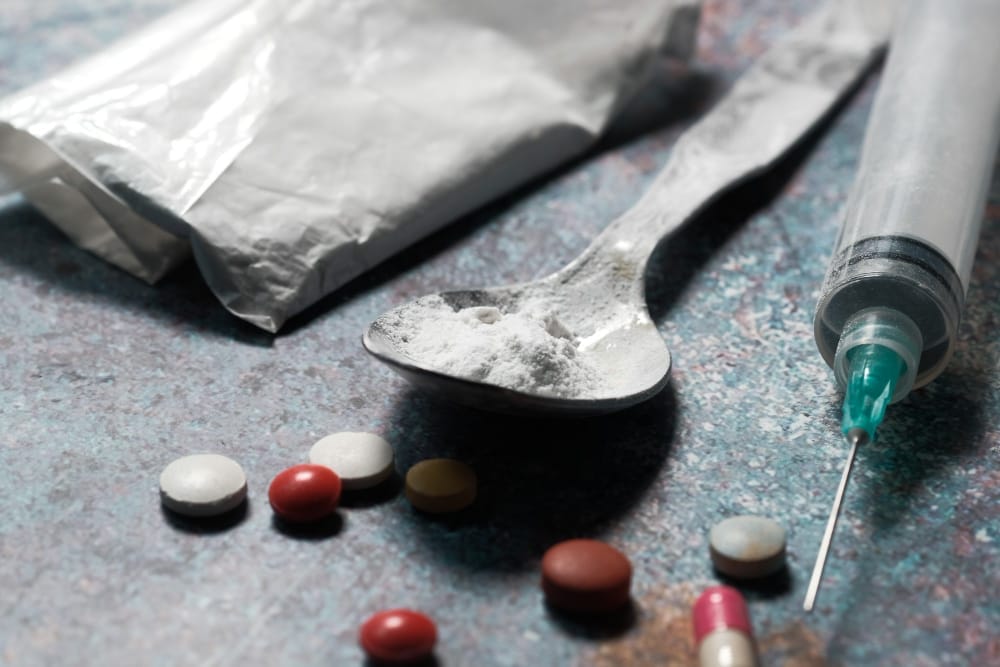
Detecting drug residue in your home is not as straightforward as spotting a spill. It requires vigilance and specialized equipment.
*: Please note that DIY testing kits cannot provide comprehensive results and should be followed by professional testing.

Preventing exposure to drug residue starts with awareness and diligence. Here are some preventive measures:
The professional remediation process intricately ensures the restoration of your home to a safe living environment. In search of more details on drug residue and how to safeguard your family? Visit our website or get in touch with our professionals to learn more about this overlooked home safety issue.
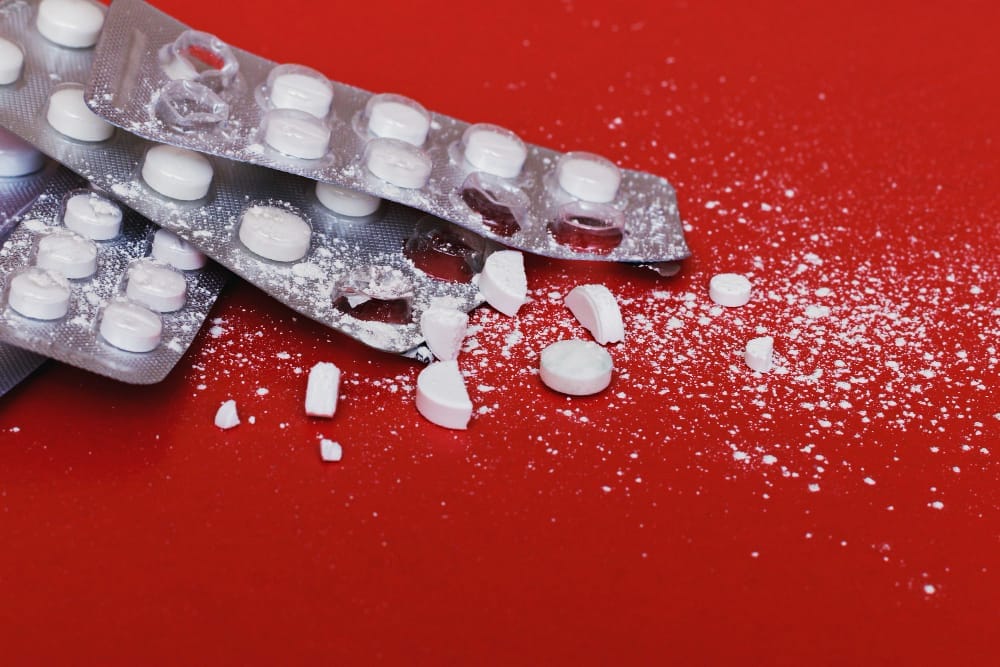
Finding yourself in a predicament where you must address drug residue in your living or business space can be overwhelming. Bio-One of Chula Vista shines as a beacon of support and expertise in such circumstances, providing comprehensive drug cleanup services in the San Diego County area.
Remember, when it comes to your most cherished environments, knowledge is power. Stay informed, stay vigilant, and don't hesitate to seek professional help when necessary!

The distinction between collectors and hoarders is more than just semantics. It’s about the underlying emotions and behaviors that drive the accumulation of items. While collecting can be a fulfilling and purposeful activity, hoarding is a complex issue that merits understanding and support. If you or someone you know is struggling with hoarding, here's what you should know before getting help.
To understand the differences between collecting and hoarding, it's essential to grasp the core of each behavior. Collecting is a passionate pursuit based on a desire to acquire and amass specific items for personal enjoyment, investment, historical preservation, or a combination of these. Hoarding, on the other hand, involves the excessive acquisition of items, coupled with an inability to discard them, resulting in a chaotic living environment that can severely impact one’s quality of life.
Collectors often approach their hobby systematically, valuing each acquisition for its aesthetic, historical, or monetary worth. This organized enthusiasm can lead to valuable collections that bring joy and a sense of accomplishment. Hoarders, however, typically accumulate seemingly arbitrary goods, often with no clear organizational system or end goal, which can pose significant health and safety risks.

The motivations driving collectors are diverse and deeply personal:
For hoarders, the act of accumulating items transcends typical notions of utility or enjoyment:
A true collector will have a specific focus within their collection, with a clear understanding of its value and a willingness to curate and care for their items. Healthy collectors typically keep their belongings organized and are likely to engage in their hobby within the boundaries of their living space.

In contrast, hoarding often involves the haphazard accumulation of items that detract from, rather than enhance, the living environment. Individuals with hoarding tendencies may struggle with making decisions about the value of their possessions.
Whether you’re an avid collector looking to expand your knowledge or a family member seeking to understand and assist a hoarder, the first step is awareness. Remember, the distinction between the two lies not only in the items themselves but in the psychological and emotional landscapes that underpin their acquisition and maintenance.
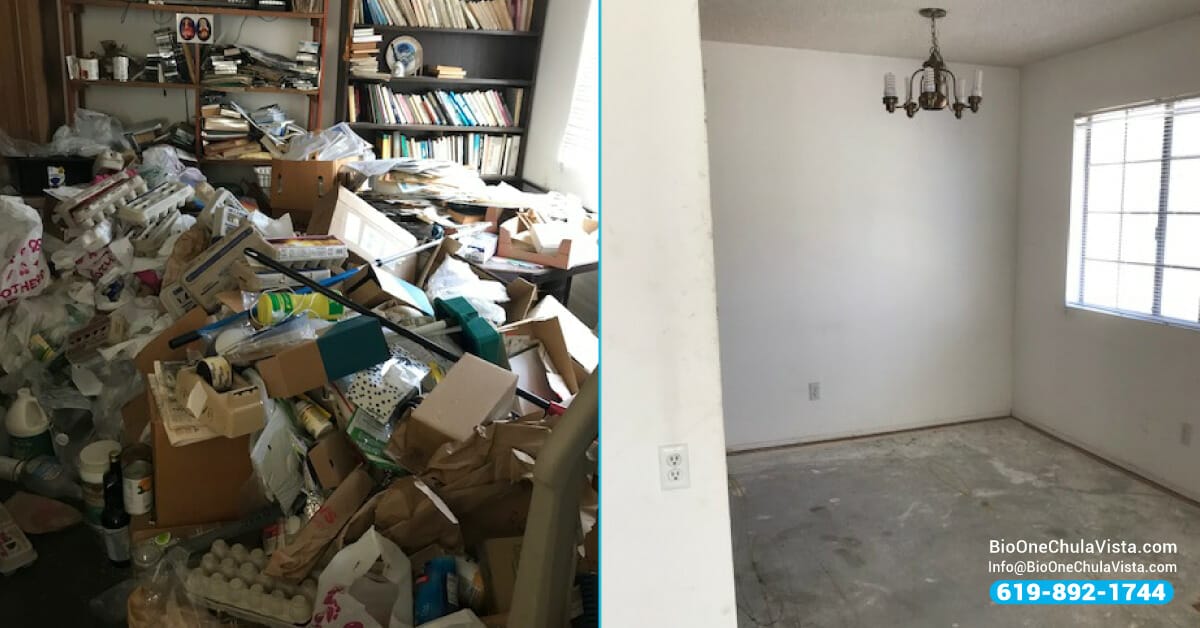
At Bio-One, we understand the delicate nature of hoarding and offer compassionate and discreet services to assist in decluttering and restoring balance to living spaces. Additionally, our experienced team can provide resources and support for individuals looking to manage their collecting habits healthily.

For families, emergency responders, and anyone who may find themselves in the vicinity of this potentially fatal substance, recognizing fentanyl exposure symptoms can be a matter of life and death.
Understanding the nuances of fentanyl is perhaps the first layer of defense in a concerning landscape. From there, we will venture into the symptoms of exposure, both physical and behavioral, which can serve as beacons signaling danger. We'll then provide insight into swift and decisive immediate actions to take!
Disclaimer: Please understand that fentanyl is an extraordinarily potent and dangerous substance. Direct contact with or exposure to even minute amounts can result in severe health complications or death. If you suspect you have encountered fentanyl, distance yourself immediately and seek professional assistance.
Fentanyl, a synthetic opioid, is 50 to 100 times more potent than morphine. It's a prescription drug but is also made and used illegally. Fentanyl is prescribed to manage severe pain, typically for advanced cancer pain. It's often administered via injection, transdermal patch, or in lozenge form. However, the potency that makes it an effective painkiller also renders it extremely dangerous in unwarranted doses or encounters.
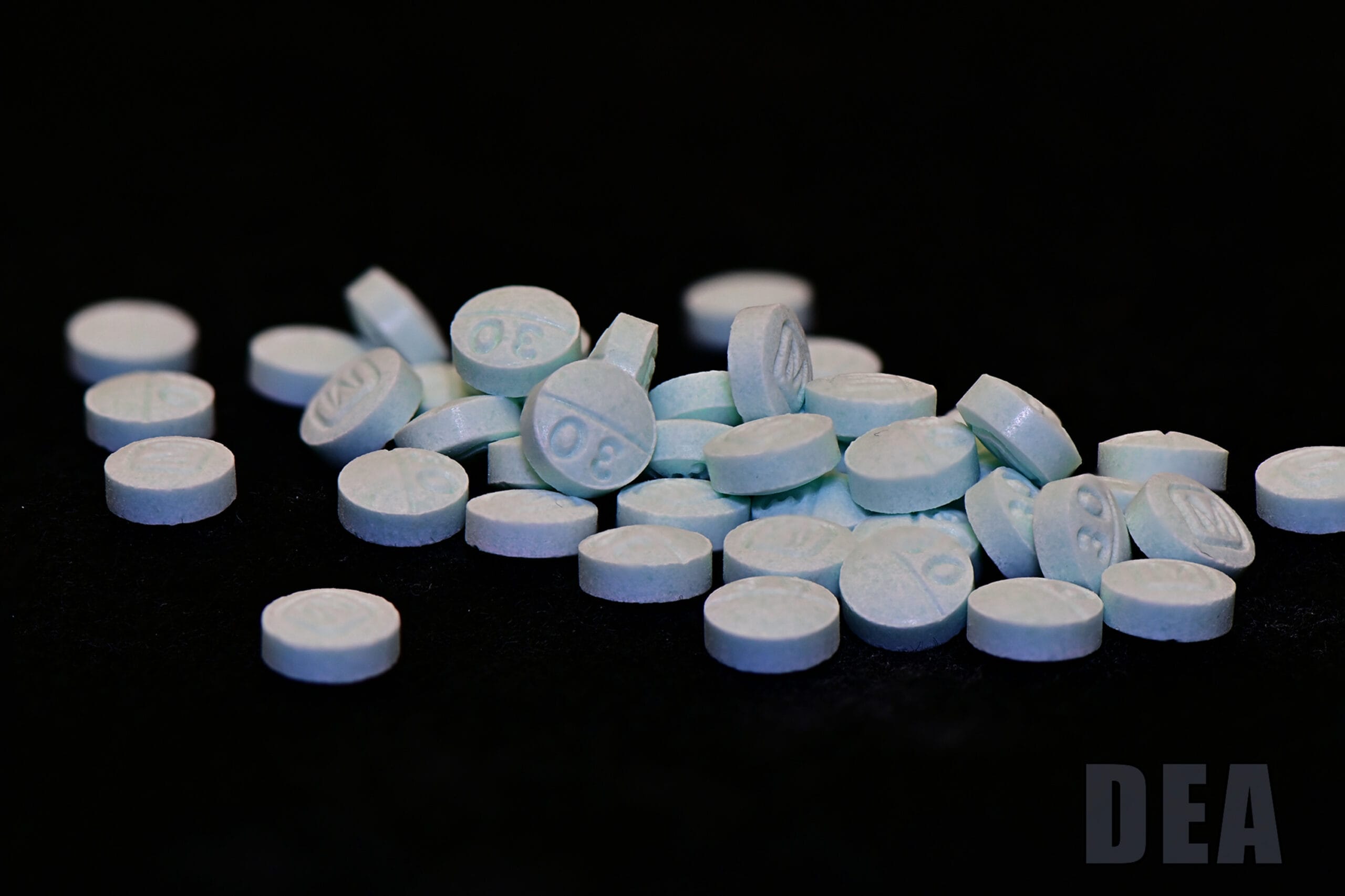
People can inhale, absorb through the skin, or inadvertently ingest fentanyl. This may occur when someone accidentally leaves fentanyl on surfaces or comes into contact with the drugs, whether knowingly or unknowingly. Exposure isn't always the result of criminal intent; it can occur in homes where someone uses fentanyl legally, or kids find it on the ground in the neighborhood.
When someone is exposed to fentanyl, whether through inhalation, skin contact, or ingestion, the onset of symptoms can be swift. These may include:
These manifestations are telltale signs of a potentially fatal event unfolding and should not be ignored or attributed to anything less than a critical emergency.

The behavioral changes associated with fentanyl exposure symptoms can be equally alarming, as they signal a departure from normal cognitive and physical function. Look out for individuals who are:
If possible, remove an individual displaying any of these symptoms from the environment for their safety and the safety of others.
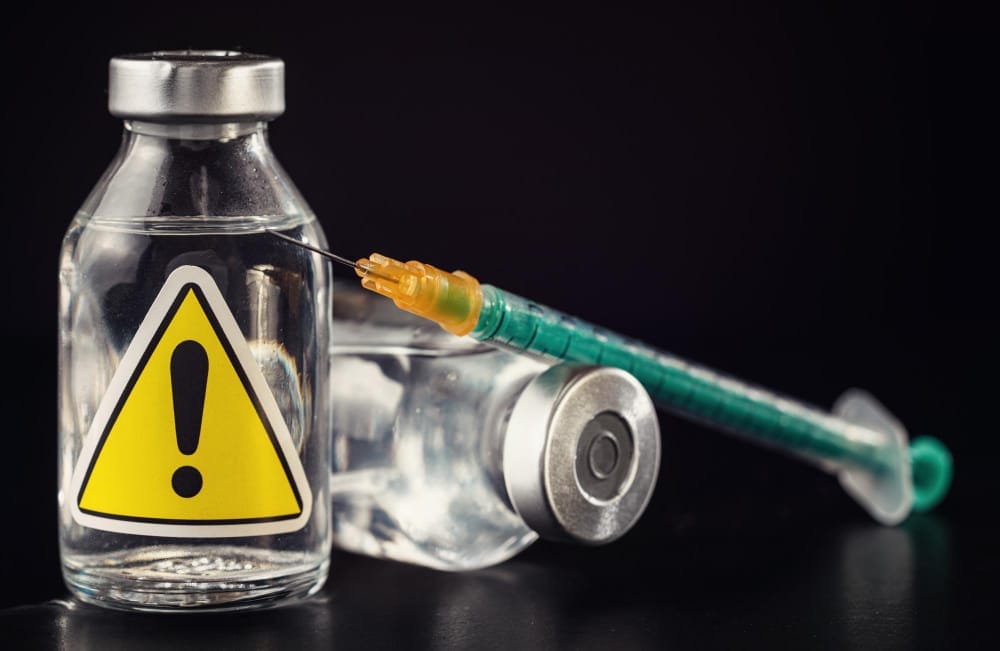
Swift and decisive actions upon suspecting fentanyl exposure can be the difference between life and death. Here's what to do:
For first responders, the use of personal protective equipment (PPE) is critical when approaching a scene where fentanyl exposure is suspected.
When suspecting fentanyl exposure in a non-professional setting, responding immediately is just as crucial:
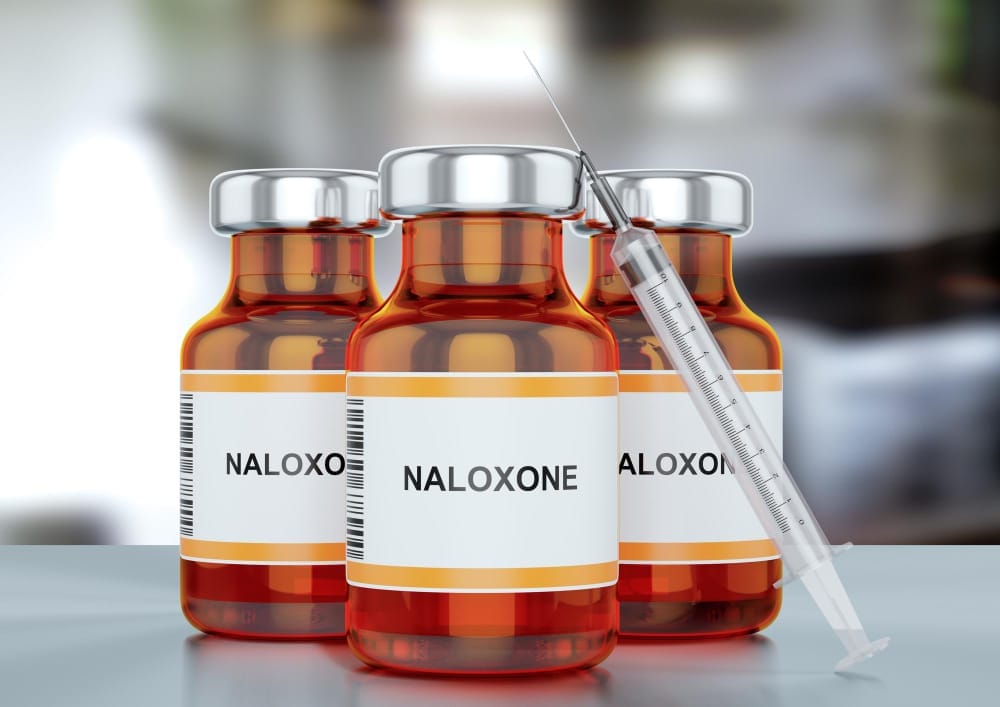
In the unfortunate event where fentanyl exposure has occurred, or where the risk is present, Bio-One of Chula Vista can help. We specialize in fentanyl remediation services, ensuring that post-exposure environments are thoroughly and safely restored. With a combination of knowledge, rapid response, and trusted professional services, Bio-One Chula Vista is committed to making your environment safe again!

Living with Hoarding Disorder (HD) is like living with a storm that brews inside your mind, a tempest of things that drives both the hoarder and their loved ones into a whirlwind of emotions. It ties intimately with anxiety, feeding, and being fed upon by the waves of unease, which can make addressing hoarding particularly challenging. In our latest blog post, we explore not just what hoarding and anxiety are, but how you or your loved ones can break free from their grasp.
Disclaimer: Please note that the insights and strategies shared in this article are provided for informational purposes only. We are not licensed mental health professionals. We intend to create awareness around Hoarding Disorder and its associated challenges, offering support and guidance to those affected. If you or someone you know is struggling with hoarding or anxiety, we strongly encourage seeking advice and treatment from a qualified mental health professional.
Hoarding is a psychological condition characterized by the excessive collection of items, regardless of their value or functionality. It's more than just having a cluttered room; it's a deep-seated need to keep things for reasons most wouldn’t understand. This obsessive-compulsive behavior is often rooted in anxiety, with the fear of making the wrong decision associated with parting with possessions being a driving factor.
The exact cause of hoarding disorder is unknown, but research suggests a combination of genetic, biochemical, and environmental factors may contribute. Trauma, loss, and stress are common themes in the history of hoarders, suggesting that hoarding may be a way for some individuals to cope with overwhelming anxiety and grief.

Anxiety is like the fuel that keeps the hoarding engine running. It triggers the initial decision to keep items, encompasses the fear of throwing things away, and leads to massive clutter. What begins as an organizational challenge morphs into a paralysis-inducing cycle of acquiring, failing to decide on what to keep, and an irrational fear of discarding.
For those struggling with hoarding and anxiety, the road to recovery can seem like a daunting path through the storm, complicated by trepidation and societal stigma. Yet, support is available in various forms that can act as a lighthouse, providing guidance and hope during the darkest of times.
Support from family members can be crucial in the recovery process. However, family members need to approach the situation empathetically, understanding that hoarding is not merely a correctable behavior but a mental health condition. Their involvement should extend from creating a supportive home environment to collaborating with mental health professionals.
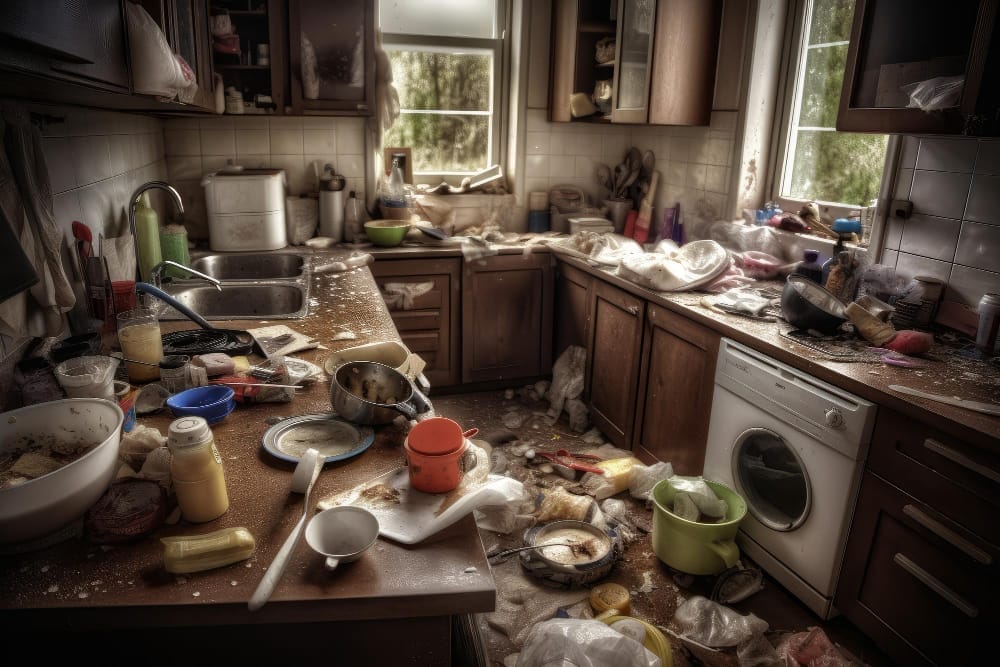
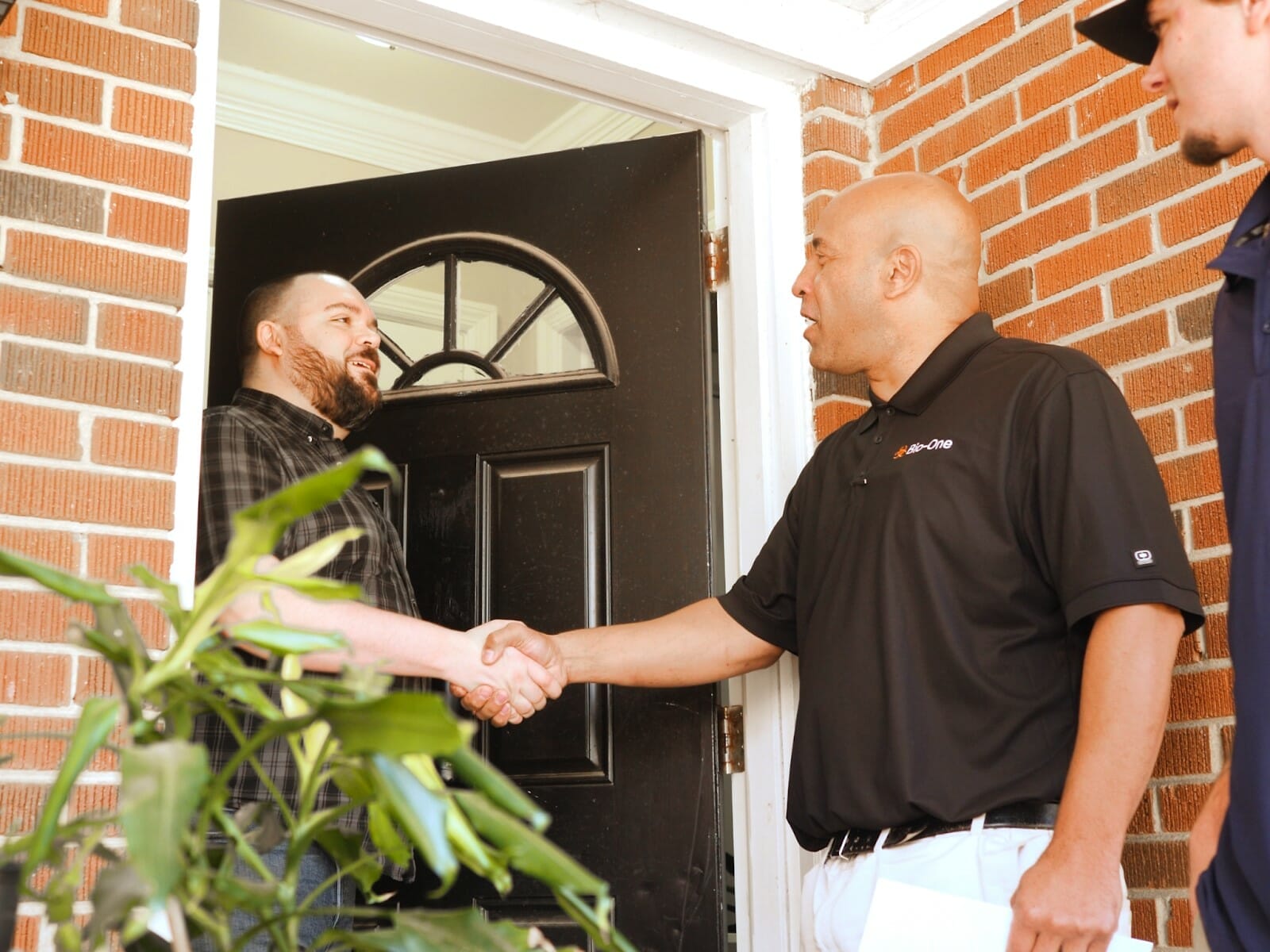
Communities offer a range of resources, from professional organizing services specialized in hoarding to support groups specifically designed for individuals with HD and their families. These resources provide a sense of community, enabling individuals to meet others on similar journeys, share their struggles, and learn from each other's experiences.
If you or someone you know is seeking to break free from the cycle of hoarding and anxiety, the first step is reaching out. With the support of loved ones and the guidance of skilled professionals, it is possible to find peace amid the clutter and tranquility within the storm. The key is to start and to know that help is out there, ready to aid in the process of breaking free! Give us a call for a free consultation in the San Diego County area.

Methamphetamine, or meth, has long been a scourge on public health and safety, not just for its devastating addictive qualities but also for the toxic environments it often leaves behind. The remnants of a former meth lab can lurk unseen in walls, carpets, and ventilation systems, posing serious health risks to anyone living or working in that space. But how do you know if a property is contaminated, and what should be done if it is?
This blog post aims to provide detailed guidance on addressing this critical issue, from identifying contamination to the legalities of cleanup and the crucial health risks associated with exposure. If you're a homeowner, property manager, or even law enforcement personnel, this is essential reading to keep your spaces safe and compliant.
The first step in tackling meth lab contamination is recognizing the warning signs. Here’s what homeowners and property managers should look out for.
Manufacturers can establish meth labs in homes, apartments, hotel rooms, and other unexpected locations. Signs of a former meth lab might suggest its presence:
If you notice any of these red flags in a property, it warrants an immediate investigation.
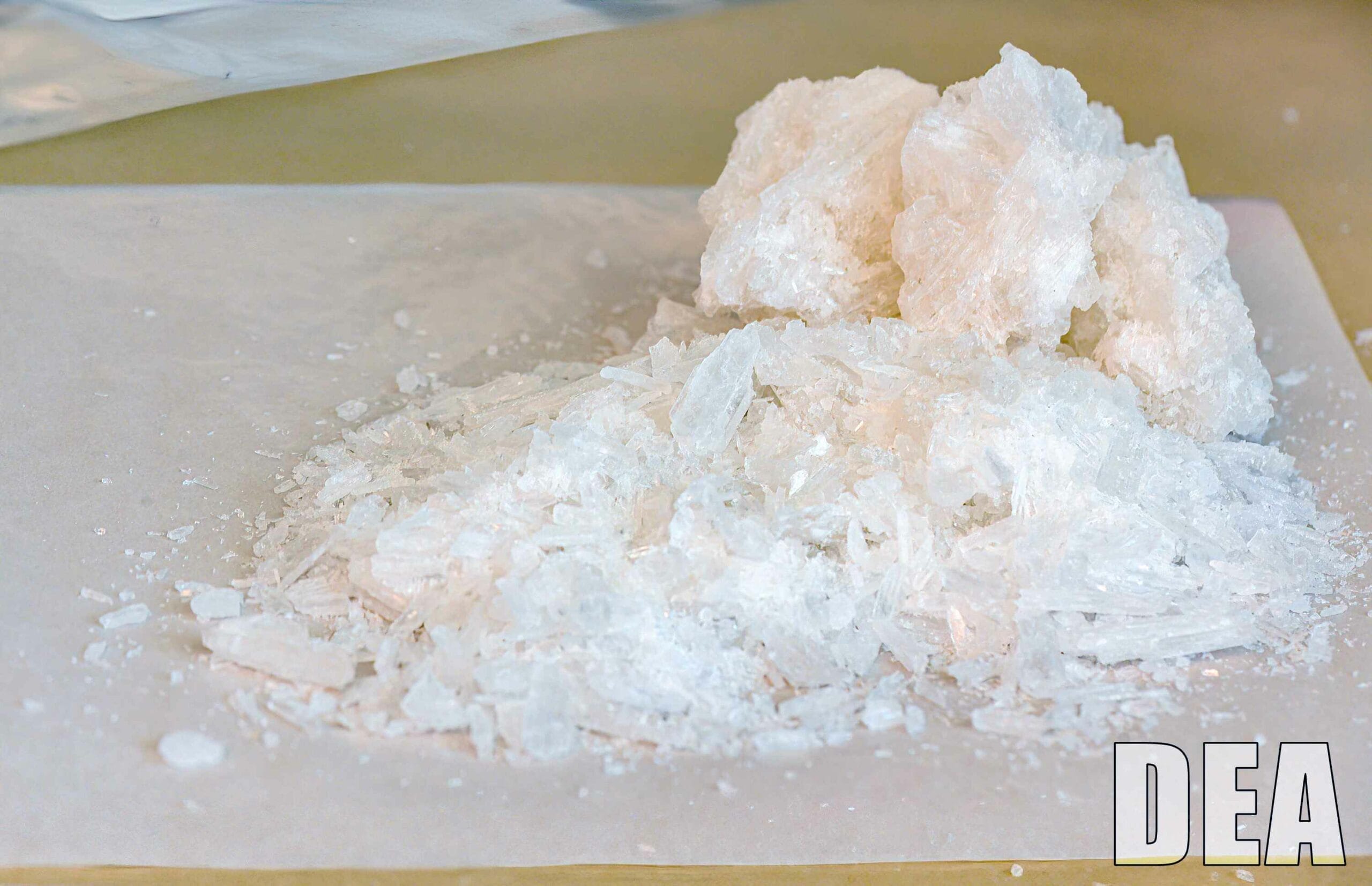
Once suspicion arises, one can perform tests to confirm the presence of methamphetamine residue. Methods for these tests include professional swab sampling and post-cleanup retesting.
Professional swab sampling is the gold standard for meth residue testing. It involves collecting samples of surfaces within the property, analyzing them in a lab, and then calculating the levels of contamination. For those who want to take a preliminary step themselves, there are DIY test kits available, but these might not provide the level of accuracy and detail needed to make informed decisions regarding cleanup efforts.
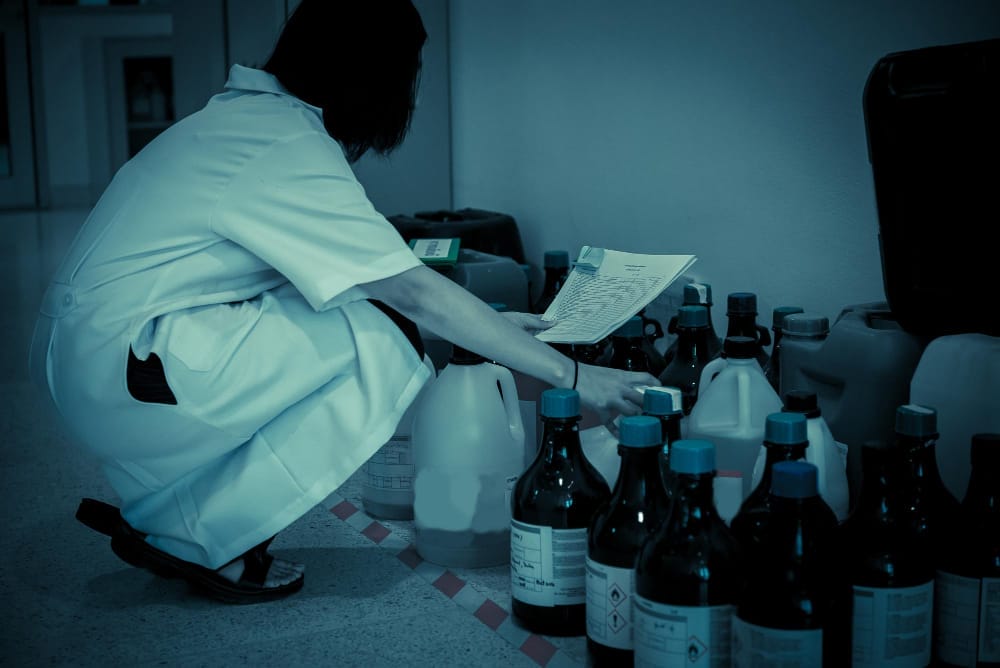
The legal landscape surrounding meth lab cleanup is complex and varies from state to state. Understanding the regulations and guidelines is vital for homeowners and property managers to stay compliant.
State and federal environmental agencies have set regulations and guidelines to standardize the cleanup process. These include acceptable contamination levels, proper disposal of hazardous waste, and decontamination methods.
Learn more about the legal considerations of cleaning up a former meth lab: County of San Diego: Meth Contaminated Property
In many states, specific laws require sellers to disclose whether they have used a property as a meth lab. Failing to disclose this information can lead to severe legal consequences, especially if contamination harms the health of new occupants. Property sellers should be familiar with the disclosure requirements in their area and make every effort to obtain and share any relevant information with potential buyers.

REALTORS: Hazards & Disclosures: Meth Labs
Exposure to methamphetamine residue can cause a range of health issues, from skin and eye irritation to respiratory problems, and over time, more serious long-term effects, including damage to the central nervous system.
Professional remediation actively ensures the safety and well-being of occupants, providing a safe living or working environment when confirming contamination.
The remediation process typically involves the following steps:
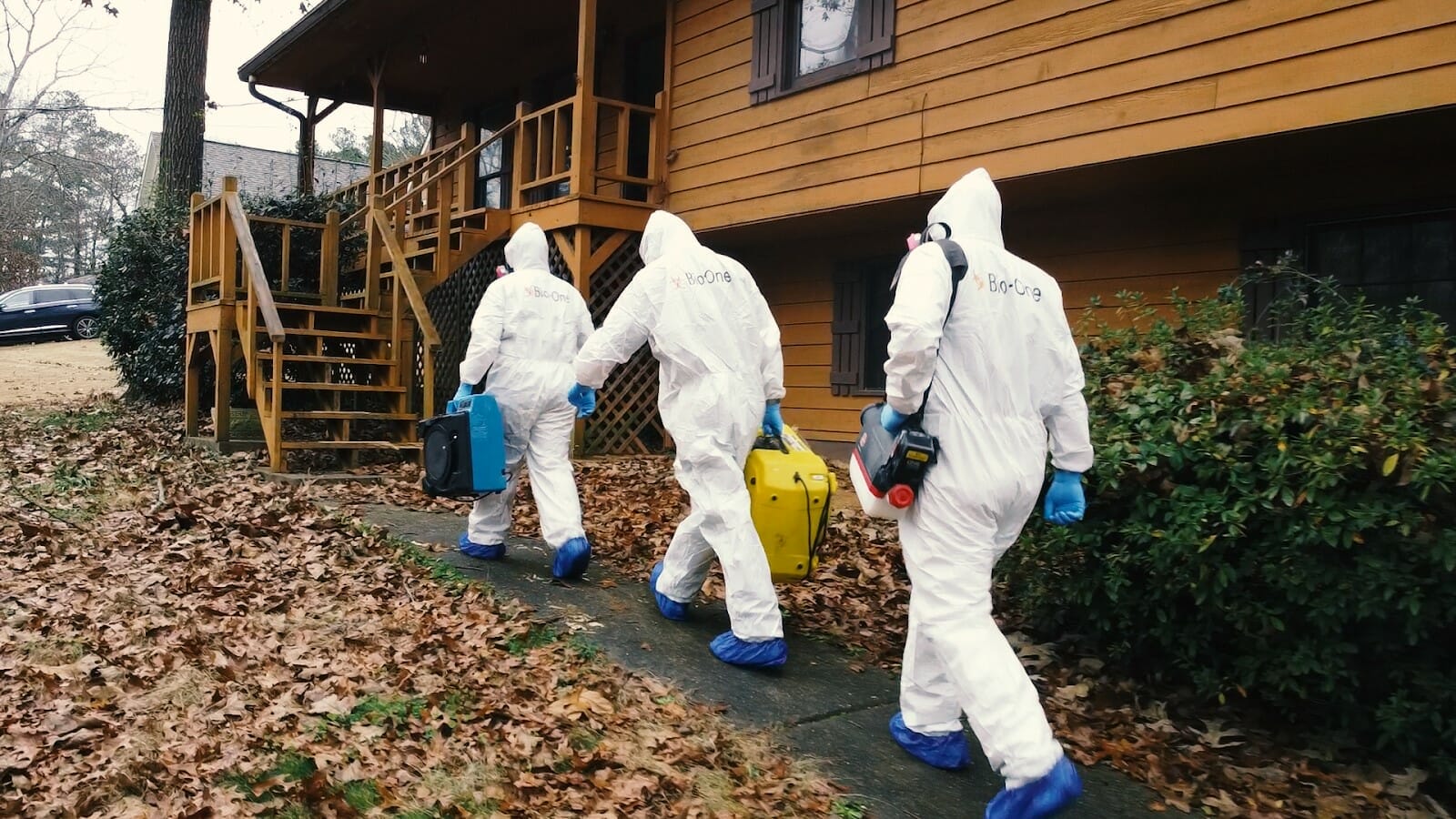
For those who need assistance with cleaning up a former meth lab, Bio-One of Chula Vista is a trusted provider of hazardous waste cleanup services. Our team has the expertise and experience to handle the most challenging cleanup jobs with compassion, discretion, and professionalism. Safety should always come first in these scenarios, and Bio-One of Chula Vista is ready to assist with every step.
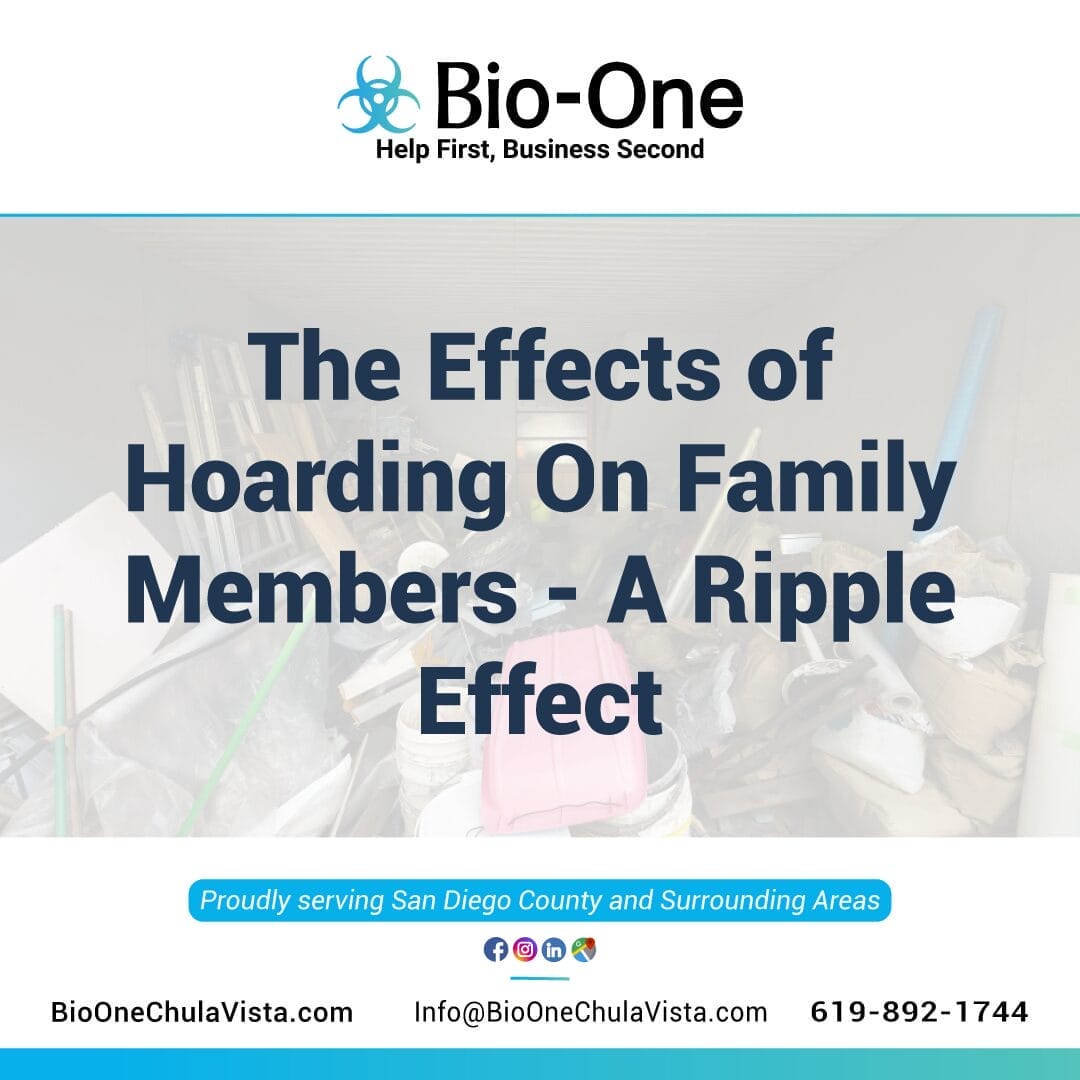
Hoarding is a complex disorder that has serious and far-reaching consequences for the individual and those around them. While the public may view hoarding as a quirky or eccentric behavior, the reality is that hoarding can be dangerous, even life-threatening. Not only does hoarding put the individual at risk, but it can also impact the well-being of family members and loved ones. In this blog post, we’ll explore the effects of hoarding on family members and how the ripple effect can spread far beyond the home of the hoarder.
Disclaimer: The intention of this blog post is purely educational, and aimed at creating awareness around the issue of hoarding and its far-reaching effects. We are a hoarding cleanup company and while we have considerable experience dealing with the physical aspects of hoarding, we are not mental health professionals. However, we do have the resources to connect individuals and their families with the appropriate professionals who can provide the necessary mental health support and treatment for hoarding. Our goal is to serve as a link between the problem and the solution, helping affected families navigate this complex and challenging disorder.
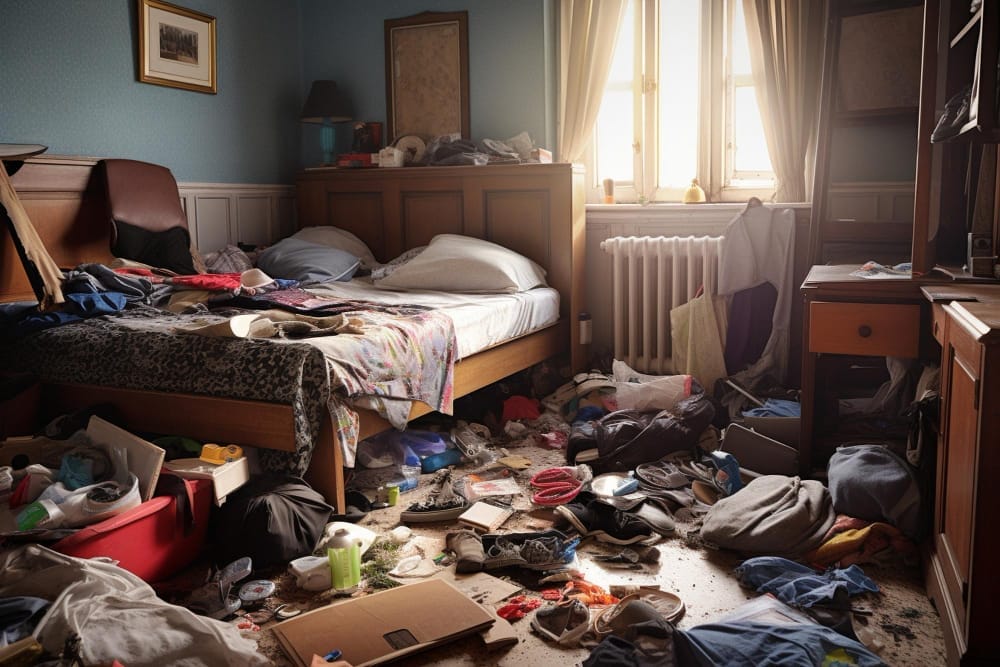
Hoarding often creates a breeding ground for pests, and living within stacked clutter can lead to significant fire hazards. For family members who live with a hoarder, these risks can cause serious damage to their physical health. Clutter can obstruct paths, making it easy to trip and fall, and can also increase the likelihood of mold and mildew growth. Even the lack of proper ventilation can cause respiratory issues. These hazards are further compounded when the hoarder resists efforts to clear the clutter from the home.
The mental health impacts of hoarding are particularly difficult for family members. Watching a loved one struggle with hoarding can cause feelings of helplessness and shame. Often, family members are unsure how to help their loved one and can become distressed in turn. In extreme cases, caregivers of hoarders have reported anxiety, depression, and even post-traumatic stress disorder.
Family members need to seek support and resources for themselves as well, to cope with the emotional toll of hoarding.

For the family members of hoarders, dealing with the financial consequences of hoarding can be a significant burden. Hoarding can lead to higher utility bills (if there are electric issues or heating/cooling problems), pest control costs, and even health problems that need professional care. In severe cases, rent or mortgages may go unpaid, and the home could be subject to eviction. These financial consequences can ripple out to family members, creating debt and considerable stress.

Hoarding can create significant strains on relationships, particularly if other family members are living in the same home. For example, a hoarder may refuse to allow anyone to touch their possessions while family members feel frustrated by the clutter and inhibited in their own living spaces. The tension can cause resentment and result in conflicts. Relationships between hoarders and family members may become difficult to maintain, if not severed completely.
If you are a family member living with a hoarder, it is important to seek help and support. There are many resources available, including support groups, therapy options, and education programs specifically geared toward family members of hoarders. These resources can provide you with the tools and coping mechanisms needed to navigate this difficult disorder and maintain your own mental and physical well-being.

The ripple effect of hoarding doesn't stop with the hoarder. It impacts the entire family, causing physical health risks, mental health consequences, financial strain, and strained relationships. Luckily, there is hope. Hoarding Disorder can be treated through intensive therapy and professional cleaning services to create a cleaner and safer living environment. The first step in tackling hoarding is recognizing the problem and seeking professional assistance.
Complementarily, Bio-One of Chula Vista offers hoarding cleanup services to help families in need. Our team is trained to handle sensitive situations with care and respect, while also utilizing proper safety measures to ensure the health and well-being of everyone involved. Let us help you restore peace and harmony in your home by contacting us today!

We all know that first impressions count and this is especially true when it comes to selling your property. With so much competition on the market, you need to make sure your home stands out from the rest. One of the most important things you can do to achieve this is to clean your house for sale. But where do you start? How do you ensure that your home looks its best for potential buyers? In this blog, we'll provide you with expert tips for cleaning your house for sale, considering all possible scenarios.

The first step in cleaning your house for sale is to declutter and organize your living spaces. This means removing any unnecessary items, storing away bulky furniture, and organizing your personal belongings. Buyers want to see your home at its best, so make sure to remove any clutter and store away any personal items. You want to create a clean and spacious environment where buyers can envision themselves living.
As for what items to keep during a showhome, keep a few decorative items and furniture pieces to make the space feel lived-in and inviting. However, avoid having too many personal items on display as this can make it difficult for buyers to imagine themselves in the space.

Once you've decluttered and organized the property, it's time to start deep cleaning. This means dusting, scrubbing, and polishing every surface in the house, including floors, countertops, and appliances. If you're short on time or find deep cleaning overwhelming, consider hiring a professional cleaning service to help you out.
A deep clean will not only make your home look pristine but will also help eliminate any odors or allergens that could turn off potential buyers. Speaking of odors, this is one of the most common challenges and questions when it comes to cleaning a house for sale. Here are some tips for removing stubborn odors from any house or property:
We cover it all in our blog post: 5 Easy Ways to Remove Unwanted Odors from Your Home. Be sure to give it a look!

When it comes to cleaning your house for sale, it's important not to neglect the outside of your property. This means cleaning your windows, siding, and gutters, and ensuring that your lawn and landscaping are well-maintained. The outside of your home is the first thing buyers see, so make sure it looks its best!
In addition to cleaning your house, it's important to take care of any repairs that need to be made. This means fixing any leaky faucets, replacing any burnt-out light bulbs, and patching up any holes in your walls. Small repairs can go a long way in making your home look well-cared for and move-in ready.
Remember that if you need help with restoring your house from mold or water damage, Bio-One of Chula Vista is a Micro-certified mold remediation company!
It’s within your budget, consider hiring a professional stager to help you showcase your home. A professional stager can help you arrange your furniture, artwork, and accessories in a way that maximizes your space and highlights your home's best features. A well-staged home can help sell your property faster and for a higher price.

The process of cleaning your house for sale may seem overwhelming, but by following these expert tips, you'll be well on your way to creating a clean and inviting environment for potential buyers. Remember to declutter and organize your living spaces, deep clean your home, take care of any outside repairs, and consider hiring a professional stager to help you showcase your property.
And if you need assistance with mold or water damage, deep cleaning, hoarding cleanup, biohazard cleanup, or any type of cleaning involving dangerous material/remnants, Bio-One of Chula Vista is here to help. Our certified team is equipped to handle any size project and will work efficiently and effectively to restore your home to its best condition. Contact us today for more information on our services!